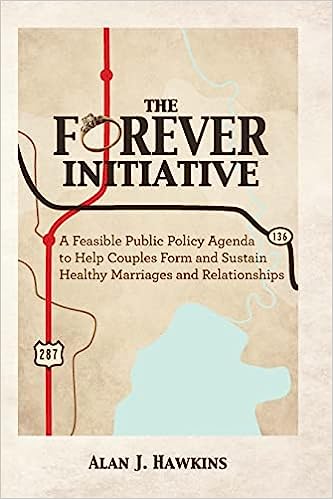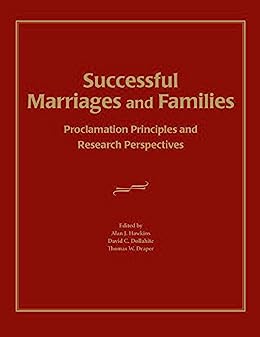Grey divorce phenomenon: The vast number of people in their 50s and 60s divorcing are ending second and third marriages, Dr. Hawkins reports, and not first divorces. Fortunately for most adult children experiencing a late-life divorce, it is not a break-up of their biological parents.
Informal separation: Formal, legal separation is rare. But informal separation, “taking a break,” by just moving out is something we had not talked about before, Dr. Hawkins said. He cautions there are reasons to be concerned with that option. “People getting away from each other is not neutral, it establishes a momentum,” he said. Sometimes it is necessary, if someone needs to get to a safe place but hasn’t given up on the marriage, as in the case of abuse or addiction. But now couples are also moving into prolonged, informal separations where they are apart and acting as if they were divorced but are not formally divorced.
Consensual non-monogamy and polyamory: “What we see now are younger generations surprisingly open to polyamory,” he said. Only 1% of married couples are actively involved, in it, but 4% have been at some point, according to a 2018 study. “Consensual non-monogamy says you can have the kind of marriage you want, changing the meaning of marriage from a lifelong, monogamous commitment,” he said. “Now when I get down on one knee and ask you to marry me, what does that mean?” Couples will have to negotiate their own definition. “I have some concerns about seeing the younger generation’s acceptance of that trend,” he said. Other tidal waves like the sexual revolution, the divorce revolution, the same-sex marriage revolution affected marriage but still seemed to be able to coexist with traditional marriage in parallel paths, he said. Dr. Hawkins has grave concerns that removing the expectation of monogamy from the definition of marriage might have a more immediate effect in severely damaging marriage as an institution. “One pops the polyamory question and changes the meaning of marriage right now. It feels more immediate than the others (previous changes),” he said.
“Marriage has become a menu and a smorgasbord instead an institution with meaning. It’s lost its ability as an institution to say, ‘This is what marriage means. You do this and not this.’ It’s losing some of its power to shape our behavior and relationships for good.”
Dr. Hawkins wrote in the July 12, 2022, Public Square Magazine,
“Indeed, in the 21st century, monogamy may be no more universal to the legal meaning of marriage than biological sex. Across all these different areas of writing—popular media, academic, and legal—we are being nudged toward increased acceptance and approval of polyamory.”
Further, “Discussing together the option of monogamy that’s on the marital menu is vastly different from accepting an institutional rule that privileges it. If monogamy becomes a (continuously) negotiated agreement between spouses rather than a universally understood axiom of marriage, then monogamy gets harder to ask for and expect, easier to dismiss and devalue, and harder to embrace as a private guide and a public virtue. For everyone.”
Inspiring Attorneys












